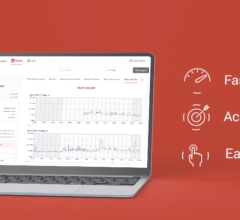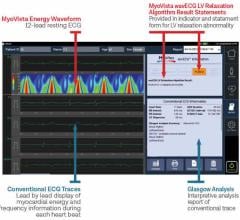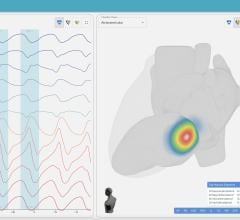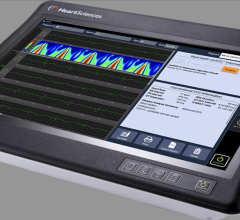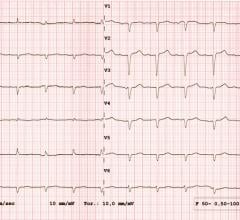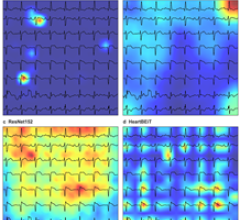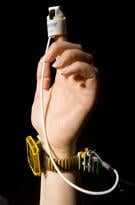
February 2, 2010 – Based on its recent research on the wearable energy harvesters market, Frost & Sullivan presented the Holst Centre and imec with the 2009 European Frost & Sullivan Award for Technology Innovation for its wearable electrocardiograph (ECG) energy harvesting solution. The system is powered by heat naturally dissipated from the human body. Recently, Holst Centre and imec developed miniaturized health monitoring systems using the new power technology. While wearable devices that operate using the body's heat have been in use for several years, small thermoelectric energy generators have so far proven their capability to power only small personal devices such as watches without needing an external power source. The device developed by Holst Centre and imec is the result of a new design of a thermal harvester, matched specifically to a human body, as well as a large reduction of the power consumption of the electronics. The thermal harvester is made of a thermoelectric material, in this case bismuth telluride, that converts human body heat into electric current. Once this device is placed close to the body, it generates electricity that is further accumulated in an energy storage system. The electricity capacitor subsequently powers the autonomous wearable ECG system and a radio, which transmits the ECG signal real-time to a base station. The thickness of the system components does not exceed 6.5 mm and can be easily integrated into fabric. Once installed, the system requires no technical maintenance. “The personal devices, which couldn't be made portable due to their large sizes or high power requirements can now be developed in the form of easy to wear and care gadgets,” said Frost & Sullivan Research Analyst Krzysztof Grzybowski. “This approach is valid for monitoring systems and related personal low-power appliances that could be integrated in clothes, e.g. watches. On the other hand, devices like mobile phones currently still use too much power to be powered by body heat.” Holst Centre and imec's demonstrated energy harvesting solution provides tens of microwatts of energy per square centimetre of the skin for modules with 3x4 cm2 dimensions. In this specific application, the energy harvesting module efficiency was sufficient to operate the wearable ECG using 14 units integrated in a shirt and occupying less than 1.5 per cent of its total area. The device operation was tested in indoor and outdoor conditions with outdoor clothes worn on and off. During energy harvesting, the power management unit of the presented system uses the ASIC converter to charge two 2.4 Volt batteries, which are powering the second stage DC/DC converter supplying the ECG unit. In all cases, the system performance was sufficient to operate the ECG. The whole unit is fortified against the mechanical stress that would accidentally destroy the fragile thermopiles of the energy harvester. The shock protection, made of thermally isolating material, is placed between the radiator and the hot end of the device (exposed to the source of a heat). It was found that this protection facilitates even washing the device in laundry with a drying cycle of 1,000 rpms. The prototype is service-free for its entire life and user activity is only limited to the need of wearing it. Once placed close to the body the device starts itself and monitors the patient's health. “Most personal devices still consume large amounts of energy that cannot be provided by currently available energy harvesting solutions,” Grzybowski said. “However, increasing efficiencies of energy harvesters, such as the system developed by Holst Centre and imec for health monitoring systems, combined with a further decrease of power consumption of the electronic elements could enable the fabrication of a wide range of self sustainable personal solutions in the future.” Each year, Frost & Sullivan presents this award to a company that has carried out new research, which has resulted in innovations that have or are expected to bring significant contributions to the industry in terms of adoption, change, and competitive posture. The award recognizes the quality and depth of a company's research and development program as well as the vision and risk-taking that enabled it to undertake such an endeavor. For more information: www.awards.frost.com

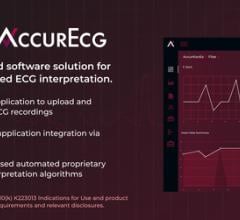
 November 21, 2023
November 21, 2023 

